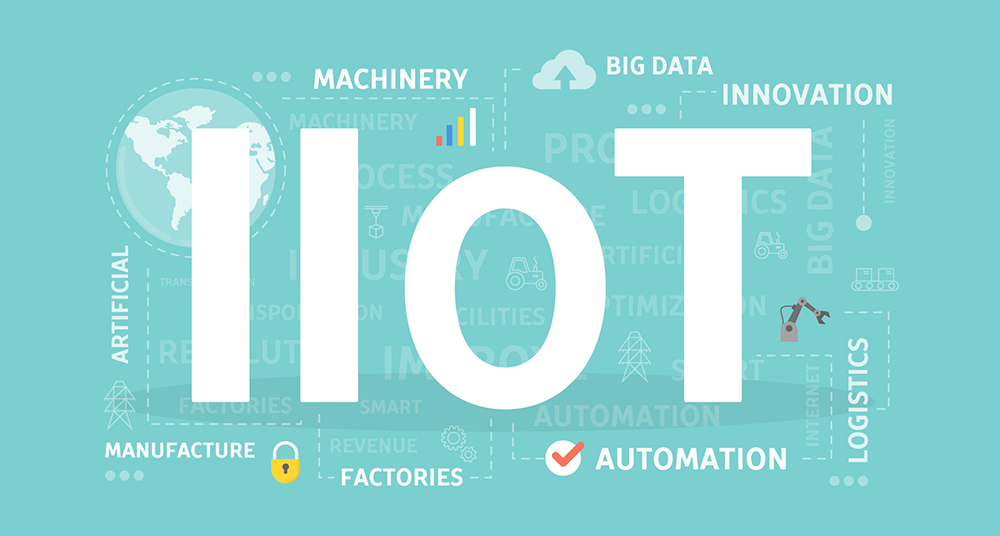
The Industrial Internet of Things (IIoT) market has seen huge growth over the last few years, but has also demonstrated that moving from proof of concept to real-world deployment can take longer than expected. Integration is one of the biggest causes of friction in this process, but there are strong success stories emerging.
Integration has been a challenge for technical deployments since the Industrial Revolution, but IIoT faces a particularly complex operating landscape that has specific requirements per vertical, as well as regulatory specifics to boot.
Indeed, a recent survey found that more than 55 percent of manufacturers stated integration as a key inhibitor to achieving value and scale in IIoT deployments. These manufacturers are particularly engaged with the IIoT market, with 80 percent seeing it as an imperative part of their business. The study found that IIoT deliverables that create products-as-a-service are seen as a top priority, then optimizing existing operations, followed by optimizing maintenance and finally the development of new products.
Heavy industry legacy tech
While legacy integration is a common bugbear across almost every industry, it can be a particular challenge in heavy industry, where manufacturing processes tend to be costly to initially establish. This not only applies to plant machinery itself, but also software upgrades (many of which carry additional upfront costs), leaving many heavy manufacturing plants running very outdated software. The depth of recent concerns over end-of-life for Windows 7, launched in 2009, highlights the issue.
Just as in the consumer IoT space, fragmentation has proven a significant market inhibitor, presenting a broad array of similar technologies and complicating strategic purchasing decisions. However, as the market has matured standards have emerged, albeit slowly - it is still estimated that there are more than 400 competing IoT platform offerings, some proprietary, some standards-based.
A plethora of dedicated IoT wireless and networking standards have begun to coalesce around Sigfox, LoRaWan, LTE-M (Long Term Evolution for Machines) also known as Cat-M1 or Cat-M & NB-IoT (Narrowband IoT) also known as LTE CatNB1 or LTE-M2, depending on the operator or geographical location. It should not be ignored that while some technologies are developing strong followings - such as CAT-M in North America - the picture in Europe is still varied. Just in the UK for example, Vodafone’s NB-IoT, O2’s LoRaWAN and Sigfox deployments compete against each other, and simultaneously against EE’s LoRaWAN - a complex topography to navigate.
Forgotten hero protocols
However, in spite of the confusion and the many competing standards, industry consensus is emerging. One interesting example is the rising use of an existing incumbent protocol, HART, in IIoT architectures. With more than 40 million installed HART devices worldwide, HART is already deeply entrenched in utility and industry sectors, which solves a significant cost and implementation/integration barrier. Manufacturers can access existing HART-equipped sensors with a central HART interface device or gateway, which can then backhaul via IP, delivering a wide range of IIoT-relevant and easily-dashboarded data, including battery information and a host of other variables, at a stroke.
Post fragmentation consensus?
A potentially significant move is the establishment of the Open Industry 4.0 Alliance (OI4), a pan-European alliance founded in recognition of the fact that the fragmented market is damaging IIoT uptake, and limiting long term potential. The founding members - Arvos GmbH, Balluff, Beckhoff, Endress+Hauser, Gebhardt Fördertechnik, IFM, Kuka, MultiVac, Hilscher, Pepperl+Fuchs, SAP, Schmidtsche Schack, Samson, and Wika Alexander Wiegand - are committed to combating integration headaches for customers by creating ‘holistic interoperable Industry 4.0 solutions and services in a common framework’.
The OI4 framework consists of four layers connecting physical assets on a plant floor for example, to OI4’s central “Open Manufacturers Cloud Platform.” Layer One is “Open Edge Connectivity” where common industrial communication protocols such as OPC UA, HART, Profibus/Profinet, Modbus and EtherCat operate, connected to Layer Two “Open Edge Computing”, which brings together edge hardware and a containerised enterprise platform. The final two layers, “Open Operator Cloud Platform” and “Common Central Cloud” make the data available to cloud-based APIs.
Collaboration the key
While the specific requirements of project integration will continue to be a challenge at the individual enterprise level, a new spirit of collaboration and transparency in the wider IIoT market should begin to pay significant dividends. Companies able to strategically evaluate an IIoT technology stack faster and more easily will be far more likely to benefit from investments, and able to quantify them to boot. In short, the time has come for wider and deeper collaboration across the IIoT value chain in order to deliver on the potential of the technology, both today and tomorrow.
About the Author: Martin Keenan is the Technical Director at Avnet Abacus, which assists and informs design engineers in the latest technological advances. With the IoT and Industry 4.0 changing manufacturing, Avnet Abacus helps designers find the best technological fit for their industrial applications, and accelerates the process all the way from idea to market.
Edited by
Ken Briodagh





